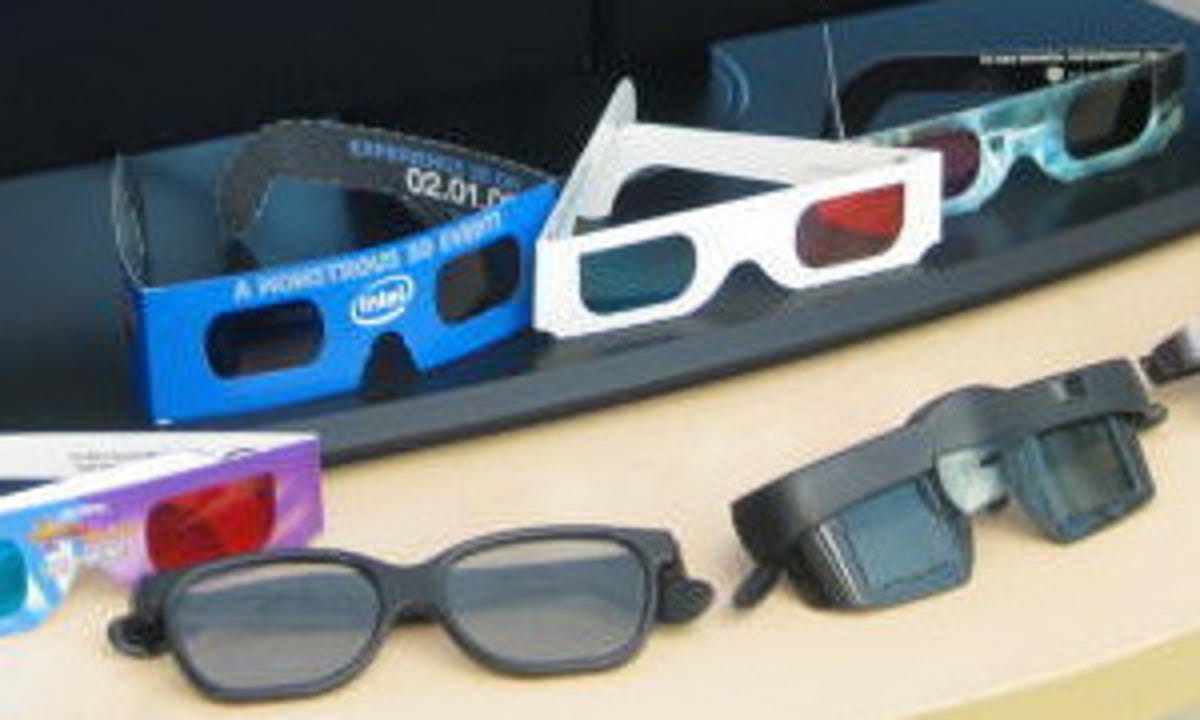3D phones may not have exactly caught on like wildfire here in the U.S., but that isn’t going to stop engineers at LG and Samsung from innovating around it.
In fact, representatives for the rival Korean manufacturers both had something to say to me about 3D image technology for smartphones, and it doesn’t stop at playing 3D golf games or watching “Avatar” on your phone without those dorky 3D glasses.
In fact, those use cases, which formed the cornerstone of the marketing campaigns for the LG Thrill 4G and the HTC Evo 3D, are just the beginning.
Instead, Nick DiCarlo, Samsung’s vice president of product planning, sees mobile 3D technology as a gateway to more immersive entertainment in the coming years.
Just think of a smartphone that can simultaneously power 3D HD video streams on different screens, say a monitor and a TV. Sound far-fetched to you? With the ever-growing power of mobile processors, said Samsung’s Nick DiCarlo, and smart developers pushing the envelope, there’s room for this magnitude of evolution.


Erica Ogg/CNET
More to the point, mobile phones and tablets will quickly become people’s primary vehicle for video consumption. You may not watch full movies on the cell phone screen all the time, but more and more features are bound to arise that will have you relying on your device more often.
“There’s nothing to keep your phone or tablet from taking over your set-top box,” DiCarlo emphasized.
An engineer, Henry Nho, Mobile Platform Architect at LG, also sees the 3D potential that’s tied to juiced-up processing power. When you record video and pictures, Nho says, the smartphone camera will have the power to take 2D and 3D images and movies simultaneously, so you can later choose which version you want to view.
Sharing 3D images will also become more important. Many high-end LG TVs already have 3D feature more or less built-in, Nho said. An HDMI cable connection is an extra expense and an unsightly one since it literally tethers your phone with a cord. One day you’ll be able to share 3D content with your TV over Wi-Fi, using just a fingers swipe to start playing content.
3D now
Although research and development engineers like Nho’s colleagues at LG experiment with 3D new products and use cases, it’s up to marketers and managers to work the technology into future products.
With the Optimus 3D Max announced last month at Mobile World Congress, LG is putting some of its 3D R&D to the test. Designed to make lighter, thinner, and faster than last year’s Thrill 4G, the Optimus 3D Max is pre-loaded with goodies like a games converter that can render a number of games into 3D — so long as they’re written with OpenGL standards and can play in landscape mode.


The Optimus 3D Max will also receive a smart focus app, which uses both cameras and some rendering tricks to blurs the photo’s background so that the image resembles a DSLR photo. In addition, a later release will include software that promises to smooth out blurred image edges when you connect the phone to a large screen display with a higher resolution. LG demoed the feature at MWC.
Unfortunately, 3D fans in the U.S. won’t get a chance to try out the Optimus 3D Max anytime soon, unless they snag it from Europe, where it’s headed in April. The handset won’t have LTE support.
While LG is actively marketing 3D smartphones, the advances his team will be able to accomplish in the next two or three years is what really excites Nho. It’s then that a new type of 3D display technology will enter the smartphone market. “Lenticular lens,” are known for adding depth. These lenses steer the light, Nho explained, to brighten the image without consuming more battery power.
“I think that 3D has a very interesting future,” Nho told me — one that promises to be far less one-dimensional than it seems.



